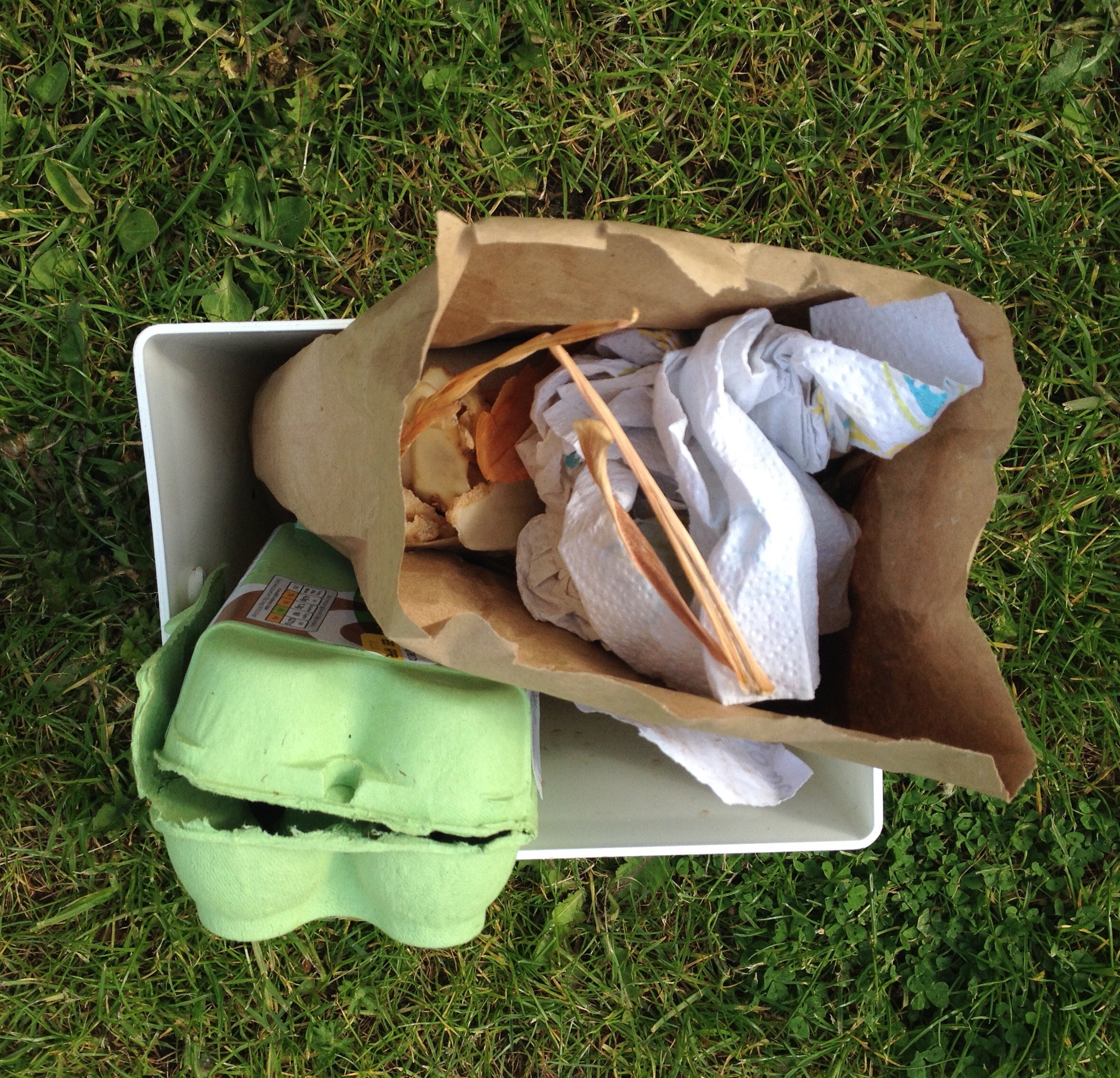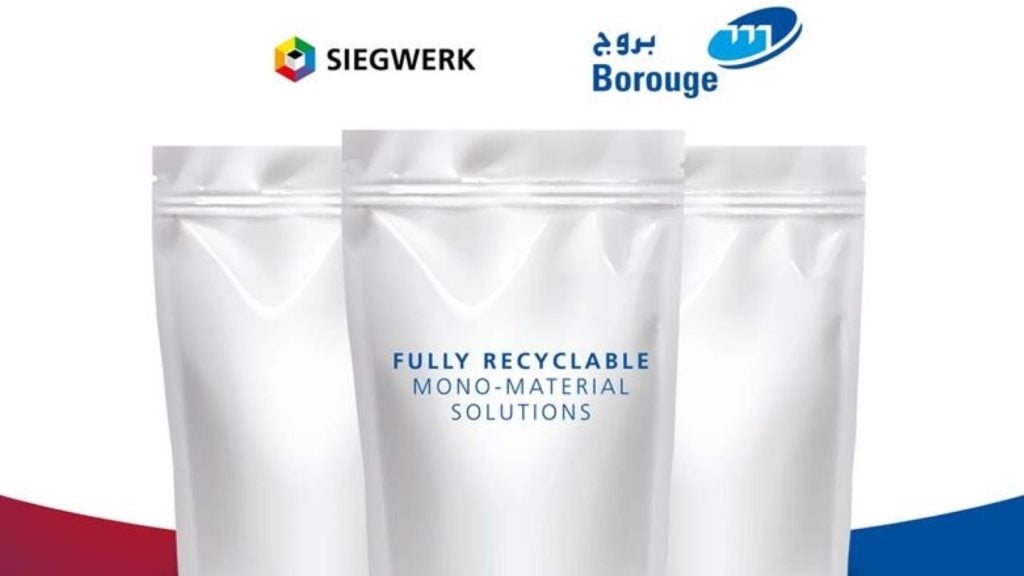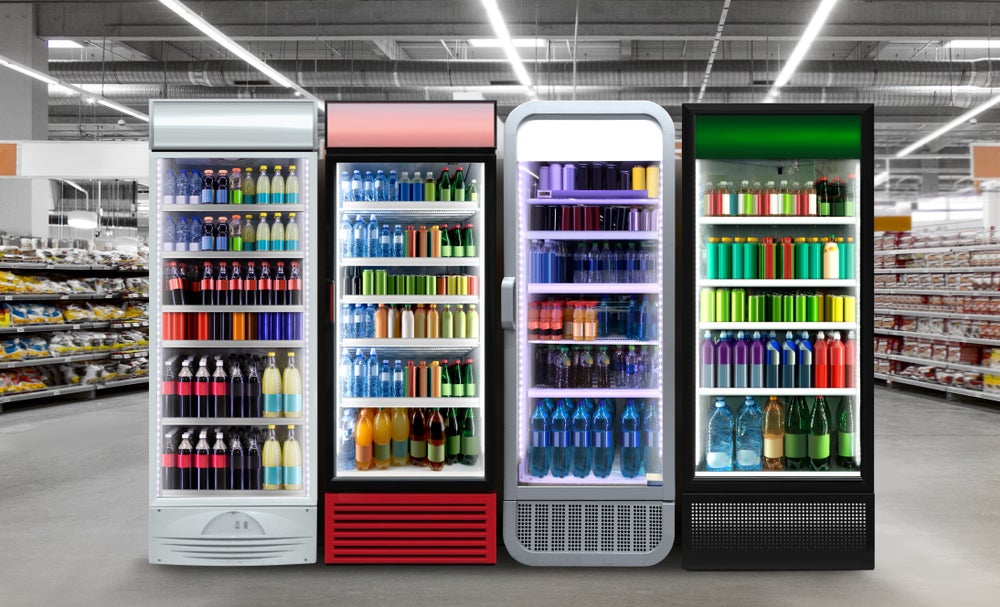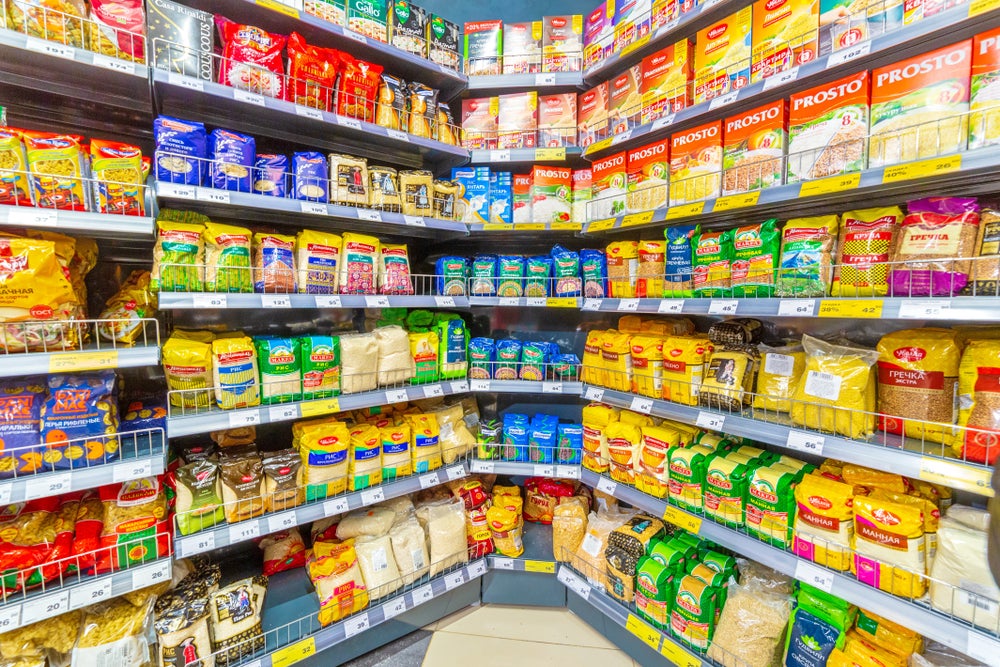
Made using plant-based or fossil fuel materials, compostable packaging has the benefit that its end-of-life disposal is environmentally friendly, providing the earth with nutrients once it is fully broken down. However, regardless of its benefits, all compostable packaging is required to be tested for disintegration, biodegradation and non-toxic impact, and disposed of correctly. With such packaging also certified by independent third parties and a compostable logo added on, why is this material still continuously misunderstood?
The compostables myth
The term compostable often produces a lot of confusion. Many consumers believe that it means they can freely dispose of it in the environment, due to only knowing compost as a plant fertiliser. However this is not the case. Just like any other material, compostable packaging must be separated from other materials for processing and disposed of correctly.
In order for compostable materials to break down, they must be exposed to the correct conditions. According to waste charity WRAP, industrial composting conditions require a high temperature of 55-60°C, combined with a similar level of humidity and oxygen. This setting is considered more ideal compared to other conditions, such as in soil, marine water or surface water.
Another compostable myth is that compostable packaging and biodegradable packaging are the same, with many consumers failing to distinguish the difference between the two and often disposing of both in the same way.
“We have to constantly explain to customers the difference between compostable and biodegradable,” explains Mark Lingard, marketing manager at packaging specialist Sirane. “Education is needed and, often, packaging itself needs to be more honest to stop consumers wrongly believing they are buying green.”
How well do you really know your competitors?
Access the most comprehensive Company Profiles on the market, powered by GlobalData. Save hours of research. Gain competitive edge.

Thank you!
Your download email will arrive shortly
Not ready to buy yet? Download a free sample
We are confident about the unique quality of our Company Profiles. However, we want you to make the most beneficial decision for your business, so we offer a free sample that you can download by submitting the below form
By GlobalDataMany packaging experts have called for companies to use the correct descriptions for their packaging in order to tackle the confusion surrounding the compostables and biodegradables market.
Lingard says, “Until companies stop trying to use biodegradable as a way of making something sound environmentally friendly, and effectively cheating the consumers who believe they are doing the right thing, then problems will remain. This has been heightened by the current trend in the market for what appear to be paper pouches or bags, but are lined on the inside with plastic, designed to play on the consumer’s perception.”
One way to understand the difference between the two is that the materials used for compostable packaging do not produce toxins as it decomposes. In addition to this, certified compostable packaging is guaranteed to decompose under specific conditions, whereas biodegradable packaging has no fixed timeframe to break down.
Another myth companies lead consumers to believe is that plastic is inherently bad, which Lingard points out is false. “In some cases it’s absolutely the correct material to use for packaging. The key is removing plastic where it is possible to do so – where it is used unnecessarily. If removing plastics simply creates a food waste problem, then which is the lesser of two evils? We have to be honest with consumers that not all plastics can be replaced and removed, and make sure the ones that remain are recyclable and are recycled.”
WRAP states that compostable plastics can be composted at industrial scale composting facilities or, in some cases, may be suitable for home composting. However, the charity points out that it is important that only compostable plastics are sent via these methods, as non-compostable plastics can contaminate the final compost produced.
The current state of the compostables market
As consumers continue to recognise the important of sustainability, many companies around the world are working towards making their packaging reusable, recyclable or compostable by 2025.
Lingard explains that the interest and demand for sustainable packaging, as a whole, has increased enormously in the last few years. “All buyers seem to be looking for the same thing – a way out of plastics – and this is in response to public demand, pressure to change the way they package food – something they just can’t ignore. There seems to have been an acceptance that the current situation is unsustainable and a lot of customers, small and large, seem serious about making changes.”
Currently, in the UK, recyclability is the main topic of discussion within sustainability. Lingard notes that Sirane has found that compostability seems to be very low on the list of priorities for UK consumers. However, the UK may soon follow the lead of other nations across the world, such as Africa and the Caribbean, which have garnered a huge amount of interest in compostable packaging.
One of the biggest sectors that the compostable packaging market needs to harness is food. At the moment, there are very few functional food packaging solutions available that are truly compostable. The issues preventing compostable packaging’s wider use in the food industry are largely around cost, as it is generally more expensive and there is doubt as to whether the same shelf-life as non-compostables can be achieved.
The future of compostable packaging
As the availability of compostable packaging continues to rise, the UK will need to implement better regulations when it comes to compostables.
To start, there needs to be more research into understanding how compostable and biodegradable packaging works in environments such as water and low temperatures. This would then allow for more clarity on how compostables, specifically compostable plastic, work.
Compostable plastic also needs to be clearly labelled so it’s easily identifiable to consumers, separated and disposed of via a dedicated collection and recycling system for compostable plastics.
Lingard says, “Until the UK has a coherent nationwide recycling policy, it is always going to be difficult for packaging suppliers and indeed retailers. Statements, such as widely recycled, recyclable where facilities are available etc., are no use. Materials should be either recyclable or not, on a national basis.”
In terms of Sirane’s efforts, the packaging specialist is focusing on its Earthpouch – a plastic-free packaging film, which can be supplied as a pouch, film or bag. “We have significantly developed the range in the last 12 months, adding barrier and high-barrier versions. We are starting to see more and more customers switching to this as a packaging material. It can simply go in the paper recycling stream and is also industrially compostable. We are very proud to have developed a solution which is truly making a difference.”
The packaging film is part of its Earth Packaging range, all of which is sustainable, compostable or recyclable. Lingard said Sirane decided to combine these elements as “packaging needs to be sustainable and functional. If something is truly recyclable, then that is acceptable. Compostable packaging simply won’t be available for all types of food, so our job is to advise what can be done instead, what options they do have and help the customer to make an informed decision.”
Currently the company is working on expanding the range with compostable plastic-free plant pots, which may be released to the market within the next six months.
“In five to 10 years, I would anticipate there will be further investments and developments in the bio-films sector, and that will open up more and more compostable packaging solutions. But whether the market changes will be determined by public pressure, costs and whether the manufacturers are prepared to absorb the costs or whether they are happy to pass them on.”







